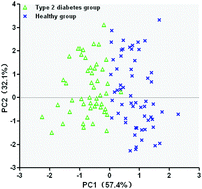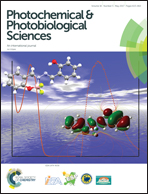Ultra-weak photon emission in healthy subjects and patients with type 2 diabetes: evidence for a non-invasive diagnostic tool
Abstract
Background: Spontaneous ultra-weak photon emission (UPE) is a common phenomenon in biological systems and has been linked to pathological states. Researchers have always considered ultra-weak photon emission a potential non-invasive diagnostic tool, but its application in the medical field is stagnant due to the lack of relevant data for pathological states. Methods: Ultra-weak photon signals from five body sites (forehead, neck, heart, stomach, and navel) in fifty patients with type 2 diabetes and sixty age-matched healthy subjects were measured using a moveable whole-body biophoton detection system. Photon signal is measured for 10 min and detected in bins of 50 ms by a photomultiplier with a range of 290–630 nm. Each signal is a time series of 12 000 elements. Various parameters including photon intensity, Q value, squeezed state parameters (|α|, θ, ø, r) and SSI were analyzed. Results and conclusion: we found significant differences in the abovementioned parameters between groups, and all subjects could be clustered into two groups according to the results obtained by principal component analysis. Methods and results from this study could be useful for constructing a UPE database for a range of diseases, which would promote the application of UPE in clinical diagnosis in the future.



 Please wait while we load your content...
Please wait while we load your content...